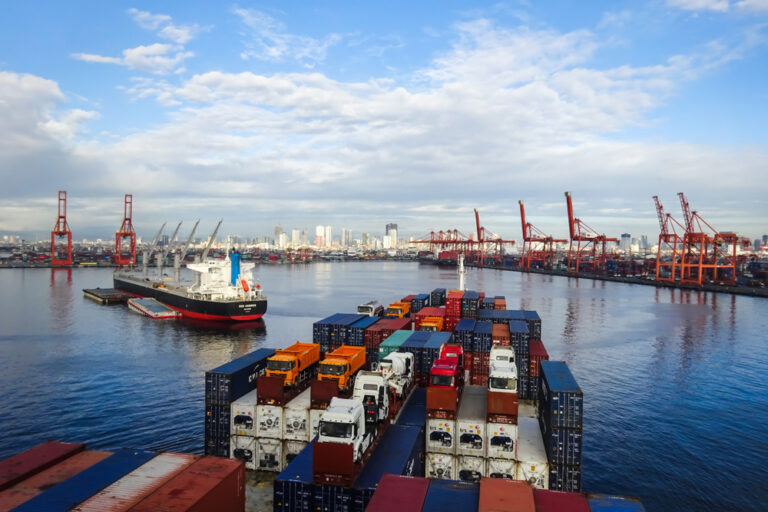
Red Sea impacts diminished
5 months ago
Red Sea impacts diminished

Disruptions in global supply chains caused by the Red Sea diversions are easing as supply and demand balance out, and the initial congestion from service bunching has significantly reduced, according to Drewry Shipping Consultants.
An early peak season in both the Asia-to-US and Europe trades had raised concerns of a repeat of the Covid-era disruptions. However, the pressure has been alleviated by a surge in new vessel deliveries, with a substantial order book still in progress.
Drewry analyst Simon Heaney noted, “While it's challenging to determine if the peak season has ended, the congestion issue is subsiding as up to 300,000 TEUs of newbuilds enter the market each month.” Although not all new capacity has reached the crucial Asia/Europe routes, the addition of new ships combined with a softening demand is likely to continue pushing rates down.
Heaney added, “The market remains highly volatile and unpredictable, but the fundamental trends suggest that rates will keep falling.” He also highlighted the potential for further disruption, particularly with the US East Coast strikes looming, as talks between employers and unions have stalled, with potential strikes set to begin on 1 October if no agreement is reached.
The latest Drewry rate assessment shows a 13% decline in the composite World Container Index (WCI), with notable drops of 7% and 17% in the key Shanghai-to-US and Shanghai-to-Europe routes, respectively.
The National Retail Federation/Hackett Associates Global Port Tracker anticipates a 14% increase in imports this month to 2.3 million TEUs, which could potentially reverse the rate decline. However, Heaney could not confirm this forecast, and no significant spike has been observed so far.
Heaney also pointed out that while alternative terminals in Canada and the US West Coast could handle some redirected cargo, they may not be able to absorb all the East Coast volumes. There is a risk that unions at these terminals might also take on the diverted cargo.
A prolonged dispute on the US East Coast could lead to a shortage of empty containers in key regions, potentially causing congestion to spread into other major trades. For now, the Asia-to-Europe routes have stabilized due to the influx of tonnage and reduced demand.
Dynamar analyst Darron Wadey confirmed the increase in capacity, noting that the number of ships per service on the Asia-to-Europe and Mediterranean routes grew from 10.2 in 2023 to 12.9 in 2024. However, he explained that the additional tonnage is partly offset by longer sailing distances around the Cape and a reduction in vessel sizes, which mitigates the positive impact of the increased ship count.
Wadey also observed that despite the increased capacity, the Asia-to-Europe trades do not yet show signs of over-capacity. “Carriers managed the rush with the help of new vessels, but they still face challenges with maintaining schedule integrity,” he said. He noted that a review of six services revealed that only two maintained a weekly frequency from June to September, while the others operated at less regular intervals.
Looking ahead, with more new vessels expected this year and next, disruptions and diversions may continue. Heaney confirmed that discussions with key stakeholders suggest the Suez disruption could extend well into next year, and even with a potential end to the Palestine conflict, there is no guarantee that the Houthi Movement will cease its actions.
Source: Container News